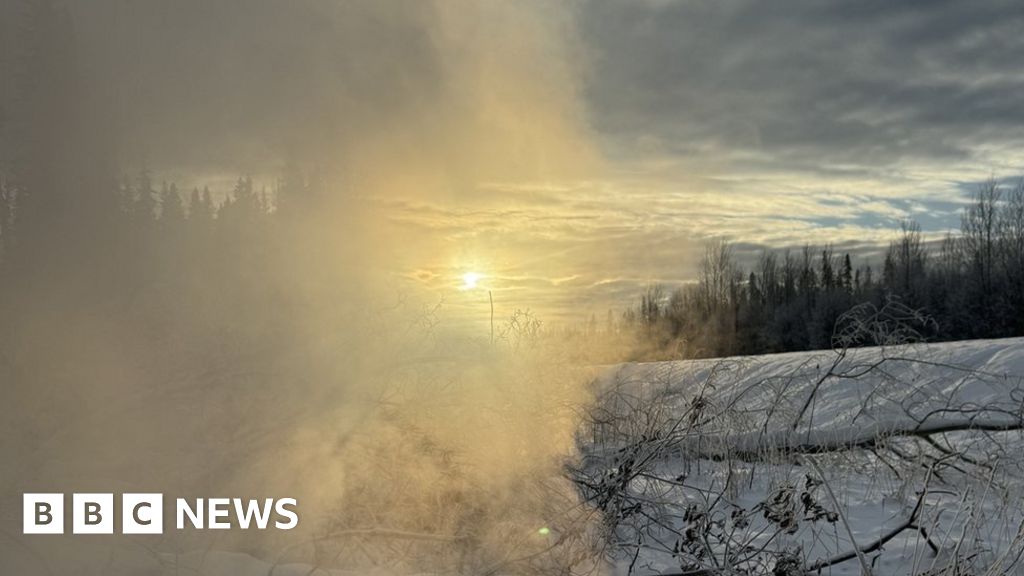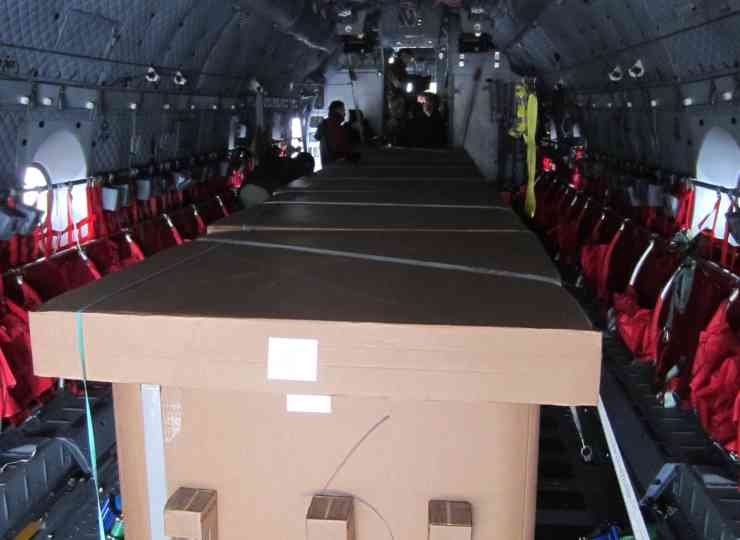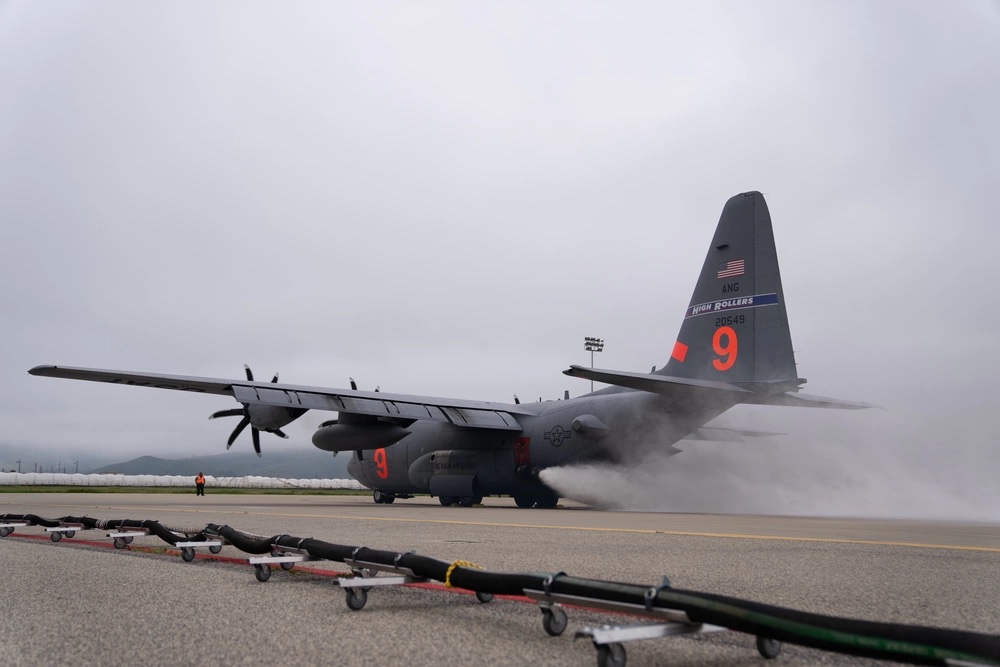Posted this some time ago.
The USDA Forest Service, Bureau of Land Management and other federal wildland fire agencies will conduct annual training for Modular Airborne Fire Fighting Systems (MAFFS) personnel at Channel Islands Air National Guard Station, Port Hueneme, April 11-15. The training is being hosted by the Cali ...

aerialfiremag.com
Aerial Wildland Fire Training Taking Place This Week at Channel Islands Air National Guard Station
The USDA Forest Service, Bureau of Land Management and other federal wildland fire agencies will conduct annual training for Modular Airborne Fire Fighting Systems (MAFFS) personnel at Channel Islands Air National Guard Station, Port Hueneme, April 11-15. The training is being hosted by the California Air National Guard’s 146th Airlift Wing.
The training will include four military C-130 Hercules aircraft from the Wyoming Air National Guard’s 153rd Airlift Wing and the Nevada Air National Guard’s 152nd Airlift Wing. The training includes classroom sessions, flying and ground operations for Air Force aircrews, civilian lead plane pilots and support personnel from the USDA Forest Service, Bureau of Land Management, other federal agencies and CAL FIRE.
“MAFFS certification training provides the MAFFS community the opportunity to engage not only between the four different MAFFS Wings, but also state and federal agencies,” said Col. Evan Kirkwood, 152nd Airlift Wing Commander. “During this rigorous week of training the Airmen of the 152nd Airlift Wing will strengthen relationships and hone their low-level flying skills in the most challenging environments. I am honored to be the first fully MAFFS qualified Wing Commander in our unit’s history and lead the finest Airmen in the United States Air Force.”
The training session is one of two this spring for the MAFFS program. The California Air National Guard’s 146th Airlift Wing and the Air Force Reserve’s 302nd Airlift Wing, Peterson Air Force Base, Colo., will participate in the same recertification training at Channel Islands ANG Station May 8-12.
The eight C-130 Hercules aircraft that are part of the program are equipped with the USDA Forest Service’s MAFFS, which can drop up to 3,000 gallons of fire retardant in less than 10 seconds across a quarter-mile line. The system slides into the back of the military aircraft, and retardant is released through a nozzle on the rear left side. MAFFS aircraft can be activated to provide a critical “surge” capability to help slow or stop the spread of wildland fires.
MAFFS aircraft are only activated when all commercial airtankers that are part of the national airtanker fleet are fully committed or not readily available.
As part of the training in Southern California, practice water drops will be conducted on some remote portions of the Angeles National Forest. Residents and visitors in those areas may see low-flying C-130 aircraft and smaller lead planes throughout the week.






